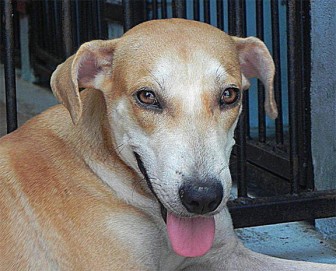Continued from last week
Right-sided (congestive)
heart failure
Last week, we discussed the left-sided congestive heart failure, which was the result primarily of the inability of the left ventricle (lower chamber) to function properly. Similarly, the condition known as the right-sided congestive heart failure occurs when the right ventricle is not operating adequately. The consequence is the backing-up of the blood in the right atrium (top chamber of the heart). This means that there is a further dam-up of the blood in the immediate big veins, and in those smaller veins, draining into the big veins, and in the capillaries that drain into the smaller veins,
Symptoms
Because of this back-up, important organs – especially the liver – become enlarged (congested with blood), and their functions become compromised. If the pressure (caused by the backing-up of the blood) becomes too high, there might even be seeping of serum from the capillaries, filling up the abdomen with fluid (ascites). The abdomen becomes visibly enlarged. Similar-ly, an edema will develop in the extremities and the neck area. One can actually see the jugular vein swelling up.

You may recall that I had mentioned (on August 21) the condition called a ‘thrill,‘ which occurs when the flow of blood is impeded, for whatever reason. In the case of the right heart failure, one can actually hear a ‘buzzing‘ sound and feel a vibration (thrill) over the heart area.
Treatment

Firstly, it must be understood that we are dealing with a life-threatening condition. As such, veterinary intervention is of paramount importance, preferably at the onset of the problem, when you see the first symptoms. Follow his/her advice and the animal might be saved, especially if the underlying cause of the heart failure is something like a canine heartworm infestation.
We have to direct the treatment towards:
(i) removing the underlying cause,
(ii) treating the symptoms, and
(iii) giving the animal nutritional support.
Obesity is a serious complicating factor in animals with congestive heart failure. Consequently, overweight dogs should be placed on a low calorie diet. The diet must also be low in salt! The ascities and edema (fluid build-up) in the abdomen and extremities can be treated with diuretics – under veterinary supervision, of course. The vet might even decide to extract the fluid from the abdomen, thus removing the pressure on the diaphragm and allowing the animal to breathe more easily.
The dog must not be stressed by physical exercise – just enough that he can tolerate.
Your veterinarian may introduce medication geared to increasing the heart contraction rate; at this point common sense dictates that you follow his/her instructions to the letter.
With this, I think we have completed the important discussion on the heart and circulatory system. Next week we will begin a new topic.




